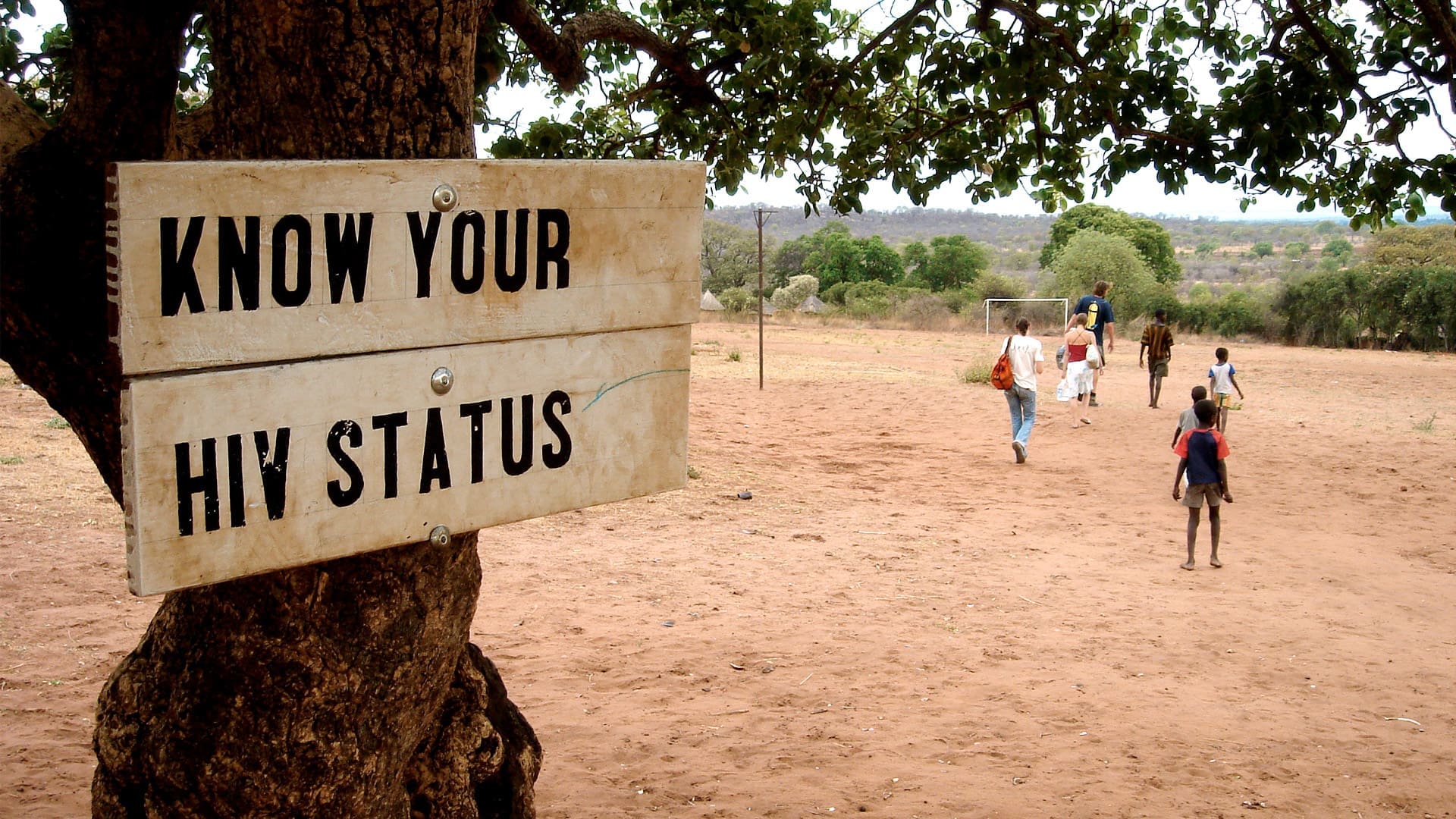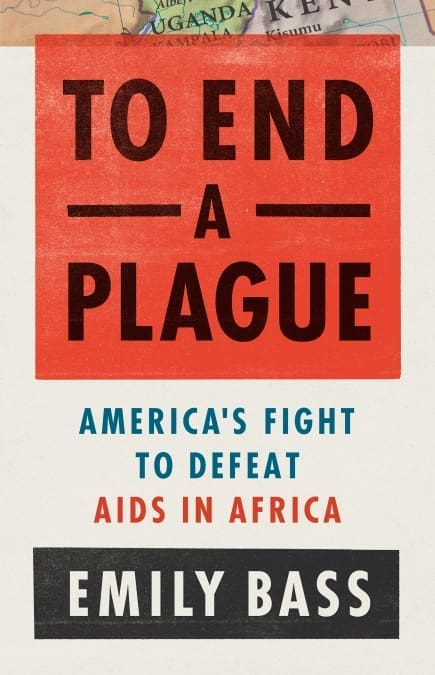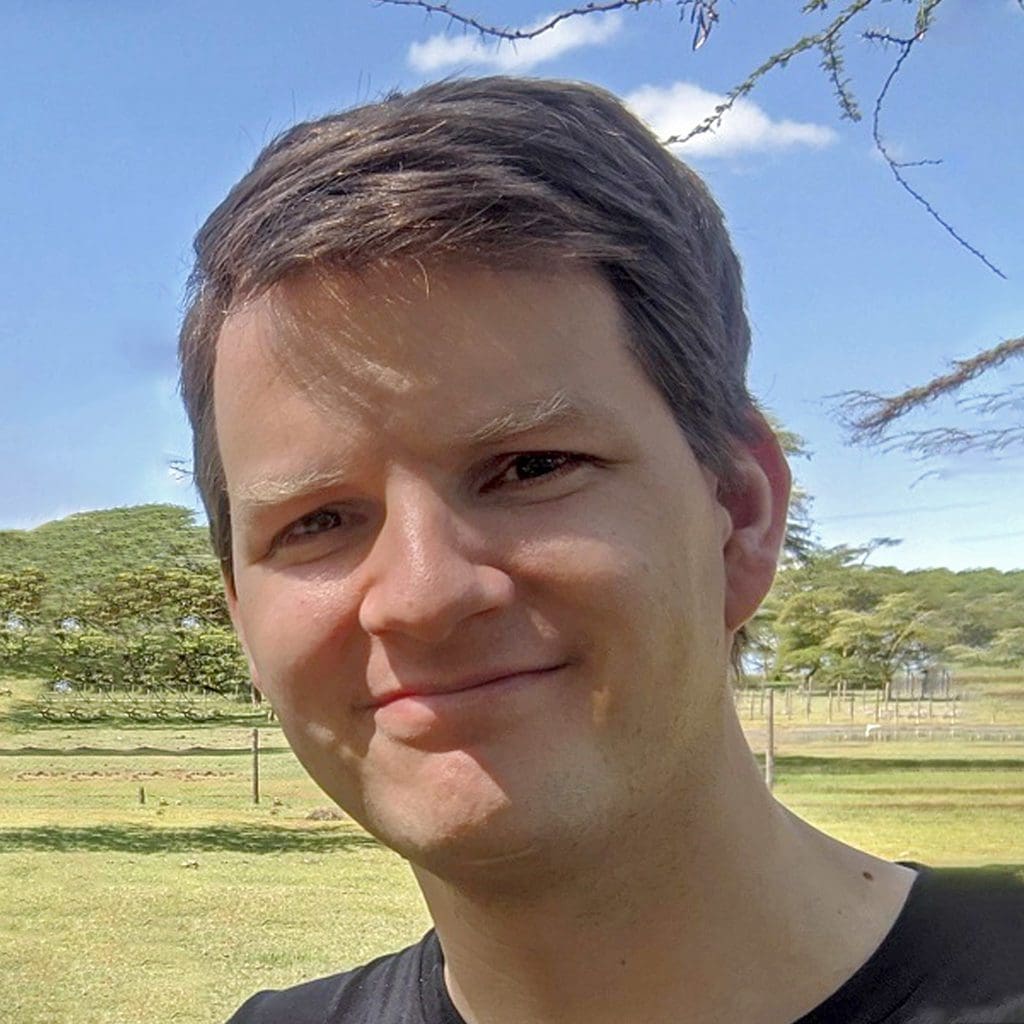I
It’s easy to forget now what the AIDS crisis was like twenty years ago. The few economic opportunities available to people required that families either relocate to densely populated urban slums or travel between places frequently—with the latter leading to many situations where marital faithfulness was far more difficult. The Structural Adjustment Programmes of the 1970s and 1980s had gutted public budgets across sub-Saharan Africa, with many health systems already incapable of providing many basic health services to large numbers of poor citizens. HIV spread rapidly across the continent, reaching death rates above one million per year and leading the UN to predict in the year 2000 that half of all teenagers across Africa would die of AIDS.
Miraculously, that prediction did not come true. Perhaps even more surprising (to some) was the fact that the man who signed the legislation giving millions of people access to life-saving antiretroviral drugs (ARVs) was a Republican better remembered for initiating a series of wars that killed hundreds of thousands: George W. Bush. His signature President’s Emergency Plan For AIDS Relief (PEPFAR) has saved an estimated 20 million lives since it was first signed in 2003 and has upended decades of stingy global health funding. In her book To End a Plague, long-time AIDS activist Emily Bass tells the history of how this unprecedented effort to combat one of the world’s worst epidemics and draws some difficult conclusions that are continually relevant to the ongoing fight against HIV/AIDS—and perhaps to other diseases.
“If Money Were No Object, What Would You Do?”
Bass’s book begins in the late ’90s, when the activists who had fought for a decade to develop ARVs capable of treating HIV were just becoming aware of how widespread the epidemic was globally. These early chapters are, quite frankly, a bit confusing and overladen with the author’s own involvement in the initial protests (and, romantically, with the protestors). I mention this solely because her stories and interactions with the subjects of the book become a lot more interesting and relevant when her focus shifts to Africans who are HIV-positive, so one shouldn’t put the book down if these early reflections about the author’s social anxiety and the salvific power of sex put one off at first.
However, this time period and those protestors are crucial for understanding the context in which PEPFAR developed. In the late ’90s, South Africa had been targeted by the US pharmaceutical lobby for its efforts to break patents in order to get cheaper generic ARVs to its population desperate for treatment, and American AIDS activists set a more modest goal of getting vice president Al Gore (then on the campaign trail in his run for president) to let South Africa continue importing generics without trade sanctions. Without that movement to bring down prices worldwide, it is conceivable that PEPFAR would have helped far fewer people.
The tension between treating many people as quickly as possible and developing a comprehensive and holistic response to the causes of the AIDS crisis was present from the beginning of PEPFAR.
The world’s response to the epidemic was slow for many reasons, but the immense practical challenges were chief among them. An administrator at the US Agency for International Development (USAID) named Andrew Natsios became infamous for saying that Africans “do not know what watches and clocks are” and thus could not be relied on to take life-saving medications at regular intervals (a statement later proved wrong by PEPFAR’s success), but he also observed quite rightly that if they had a sufficient supply of ARVs, “we could not distribute them. We could not administer the program because we do not have the doctors, we do not have the roads, we do not have the cold chain.” Treating people with HIV was not something that African health systems or other aid agencies were prepared to handle, even with drugs paid for: such an endeavour required clinicians, nurses, laboratory technicians, counsellors, and administrators who were trained and equipped for the task. Previous aid and development projects had accomplished immense public-health victories like eliminating smallpox, but that just required a single jab. Perhaps most intimidating was the cost: even after the patents were evaded, the projected costs of adequately treating HIV and AIDS dwarfed that of other aid disbursements. Experts published papers in top journals like The Lancet arguing that the cost of treating HIV was just too high and any funds should be invested in prevention instead.
When George W. Bush was elected there was little hope that his administration and other Republicans would do much for HIV/AIDS treatment. A coalition of foundations, governments, and international bodies created the Global Fund to Fight AIDS, Tuberculosis, and Malaria, and Bush promptly called for a $200 million donation—an amount considered a “vote of no confidence” in the newest and largest international institution trying to tackle the HIV/AIDS epidemic. A small handful of wealthy or well-connected Africans paid thousands of dollars for their own ARVs or begged Western friends to shuttle them over, but the vast majority of patients were simply suffering and dying, sometimes on the cement floors of hospitals too full to give them a bed. Bass tells a heart-rending story of a Ugandan friend with AIDS who took out a loan she was unsure if she would ever repay in order to get on a plane to New York and collapse on the author’s couch in search of the medications.
Behind the scenes, though, a plan was being hatched. As Bass describes it, reassessment and transformation of global development aid was a priority for several different parties for several different reasons: the incoming Bush administration wanted a post–Cold War paradigm that demanded results instead of wastefully spending American tax dollars, international institutions needed a stronger set of tools for fighting the cresting HIV/AIDS epidemic (and the accompanying resurgence in tuberculosis), and the anti-globalization movement wanted new responses like debt relief to deal with neoliberal development problems like the Structural Adjustment Programs, which had required heavily indebted poor countries to slash public aid budgets in the (mistaken) hopes that such policies might help improve economic development.
Perhaps most importantly, though, was the fact that President Bush was deeply moved by the AIDS crisis and wanted to do something about it. The team that had assembled made a first proposal to treat HIV in Africa for $500 million, but that was just the beginning. The president sent his deputies back to the assembled team, saying, “If money were no object, what would you do?”
With that directive, the $15 billion plan was developed in secret and then put to the test. A team of experts including Dr. Paul Farmer and Dr. Peter Mugyenyi (who had been doing research on Ugandan patients who could afford ARVs) was brought to Washington, DC, to decide how they would spend the money they were hoping for and defend the ambitious proposition that millions of people could benefit from treatment. A memo was sent to the president, and in his 2003 State of the Union address he officially asked Congress to fund this “work of mercy beyond all current international efforts to help the people of Africa.”
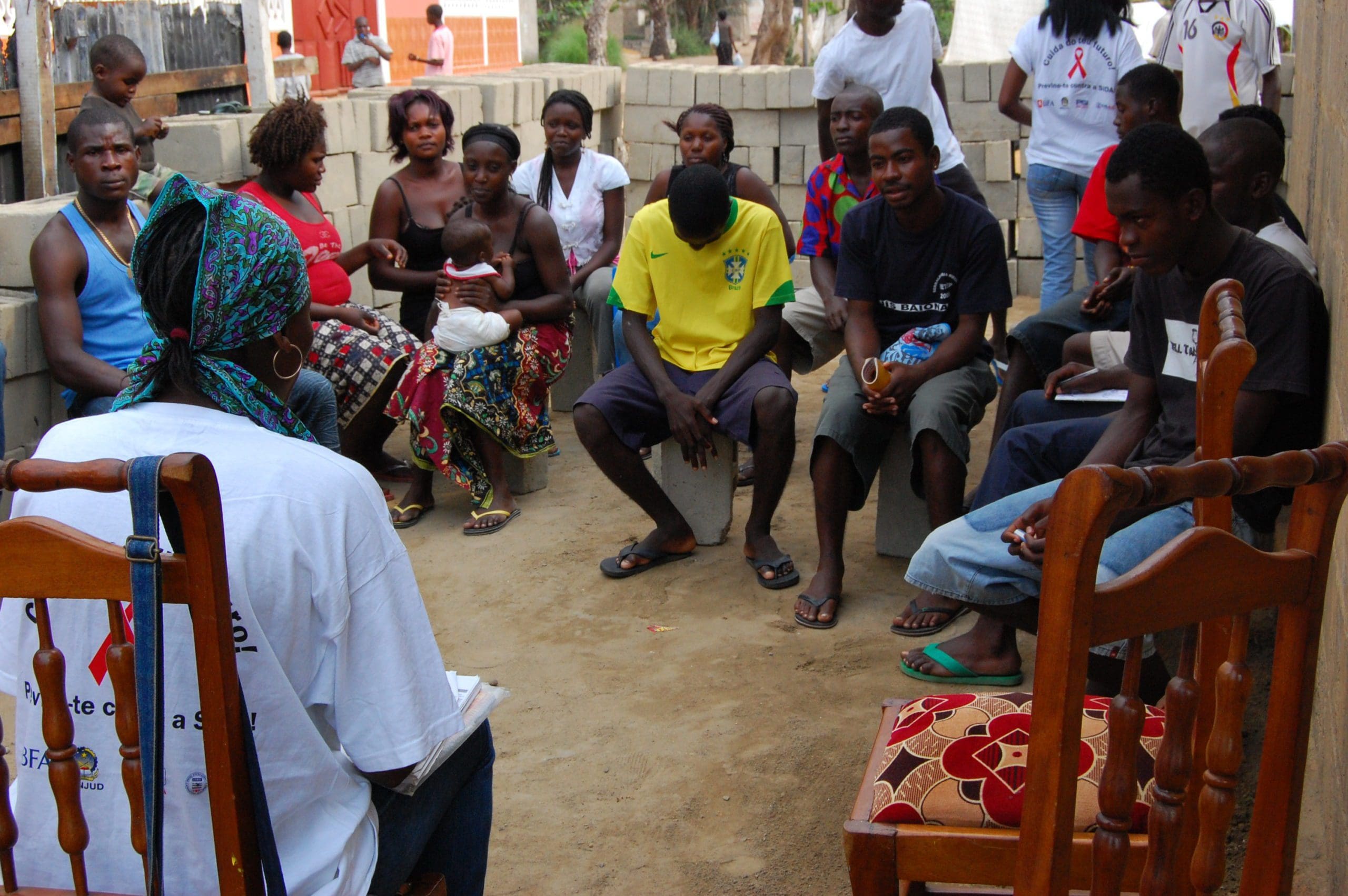
The tension between treating many people as quickly as possible and developing a comprehensive and holistic response to the causes of the AIDS crisis was present from the beginning of PEPFAR. Republican senator Jesse Helms, known for his assessment that AIDS was God’s judgment on gay people, was moved to tears when his colleague Bill Frist brought an African baby whose mother had HIV to Helms’s office and subsequently wrote an impassioned op-ed calling for more funding for treatment. However, there was no similar action that could get Helms and his Republican colleagues to support an initiative that funded abortion, permitted sex work, or was too friendly with family-planning services. Activists who wanted a more comprehensive approach to sexual health saw a huge financial investment that was too promising to pass up, and Uganda’s heavily advertised ABC strategy (abstinence, be faithful, use condoms) allowed for some preventive measures to be funded while satisfying conservatives’ desire to ensure PEPFAR was in some way upholding traditional sexual morality.
As Bass describes at length, both right and left positions in this debate were rather out of touch with the needs and desires of people living with HIV and people at risk of HIV. Abstinence promotion and condom distribution mean nothing in a context where women have no agency over when they have intercourse, whom they have intercourse with, and whether that man wears a condom. People living with HIV who want to have children are similarly elided in such debates. The degree to which ABC was in fact as successful as it was alleged to be at the time is still an open question, in no small part due to these dynamics of gender inequality and violence.
There were trade-offs in funding a program providing only HIV treatment for people who, by nature of being human beings, had concerns and problems other than HIV. George W. Bush was probably never going to acknowledge that the fight against HIV/AIDS was just one front in what Bass casts as the war on capitalism, neoliberal ideology, white supremacy, and every other far-left bugbear. Yet even the basic question of feeding people who regained their appetite thanks to ARVs was elided by PEPFAR (at least initially), prompting one assessment of the new era of AIDS treatment to be titled “All I Eat Is ARVs.” If the HIV/AIDS epidemic emerged in a cultural context of poverty, neocolonialism, gender-based violence, and other social ills, it would be difficult to tell from the implementation of PEPFAR’s response—again, at least initially. This tension between getting ARVs to people and addressing the root causes of the epidemic is one the key themes that Bass draws out. The book returns again and again to the fact that PEPFAR spent too much money on therapeutics for anyone to be too skeptical of it, at least openly so. It is impossible to know what that same amount of money, spent in a more “holistic” fashion, might have accomplished. It almost certainly would have meant fewer lives saved in total, and it is uncertain what other benefits could have accrued with these very specific targets. Over time, more expansive programs have been added in to PEPFAR in order to address some of the root causes that put people at risk for HIV infection, but even efforts designed to promote indigenous ownership of critical services have collapsed due to sheer negligence by indigenous actors. For example, PEPFAR developed a multi-year plan to transition blood-bank services over to one ministry of health, only for the country’s blood system to fall apart when the government failed to allocate the necessary funds to sustain the system. The initial implementation, however narrow, was still a history-making event in global health and took place with “blistering speed” (at least, Bass notes, “by Washington, DC, standards”). Both the USAID and the Centers for Disease Control and Prevention were intentionally excluded from discussions prior to Bush’s State of the Union address in order to avoid these agencies’ habits and pitfalls that would impede PEPFAR’s planning. (Recall that it was a USAID administrator who testified to Congress about Africans and watches.) But once it was time to dole out funds they were invaluable partners in helping do the work. In every targeted country, PEPFAR found the organizations with any experience dispensing ARVs and showered them with funds for training, drugs, and equipment to scale up or expand their operations. Tens of thousands of people previously without access to ARVs were swallowing pills and getting their lives back by the end of 2004.
My own experience of PEPFAR as a siloed clinic within a larger institution that I work in is one of both gratitude and frustration.
Bass describes PEPFAR-funded sites throwing away gloves that fell on the floor literally adjacent to government clinics or hospitals with no supplies, which is a microcosm of the larger difficulty that development in health care faces. Mission hospitals in particular have chosen to develop their own systems independent of government health care in order to evade the failures abundant in post-colonial health systems. However, there is no nation-state on the planet that has achieved a modicum of health equity without state-funded health care, meaning that health services that are truly “indigenous” and “sustainable” (two of the most important goals in development aid, disregarded by PEPFAR from the start) will in some way be a function of the state. The upstream problems of governance, corruption, security, and exploitation by local and international actors that have left the government clinics bereft of supplies in the first place also need to be addressed to prevent fiascos like the aforementioned blood-bank story, but straightforward answers to those problems don’t exist.
Plagues New and Old
Comparisons to COVID are inevitable, especially considering the fact that Deborah Birx was ambassador-at-large in charge of PEPFAR from 2014 to 2020 before she was drafted to lead the US’s COVID response. Sadly, Birx had far less success at the latter than the former; a combination of toxic politics, a virus that was transmitted respiratorily instead of sexually, and a lack of funding hobbled her power. Bass observes that part of what made PEPFAR so successful was its unique way of bringing a “whole-of-government” approach together on the ground with multiple agencies coordinating (and sometimes competing) toward a singular goal of getting ARVs to the people who needed them. With a far more complex series of targets and a national house divided on nearly every issue, it is hard to imagine how anyone could have made a “PEPFAR for COVID” work.
To End a Plague ends with an argument that the most important lesson of PEPFAR was that “ordinary people—for that was all that activists were—had never ceased to pay attention.” As an AIDS activist who considers anti-capitalism and sexual freedom to be critical parts of health, Bass is certainly entitled to this opinion and builds a solid case for it in the book until the point at which PEPFAR is mobilized across the world. At that point, it’s the conservative Christians, their technocratic deputies, and the countless African medical staff who really make things happen. Most readers of this essay, even if they are more sophisticated than the average Abstinence, Be Faithful, use a Condom cheerleader, probably think that we need a greater emphasis on spiritual health and moral formation in medicine. Despite diverging views, I would like to believe that there is enough overlap between these two perspectives, which are both found quite frequently in global health advocacy (e.g., care for the environment, the importance of relationships, denunciation of greed), to help them find common cause in some domains, just as their mutual interest drove the beginning of PEPFAR.
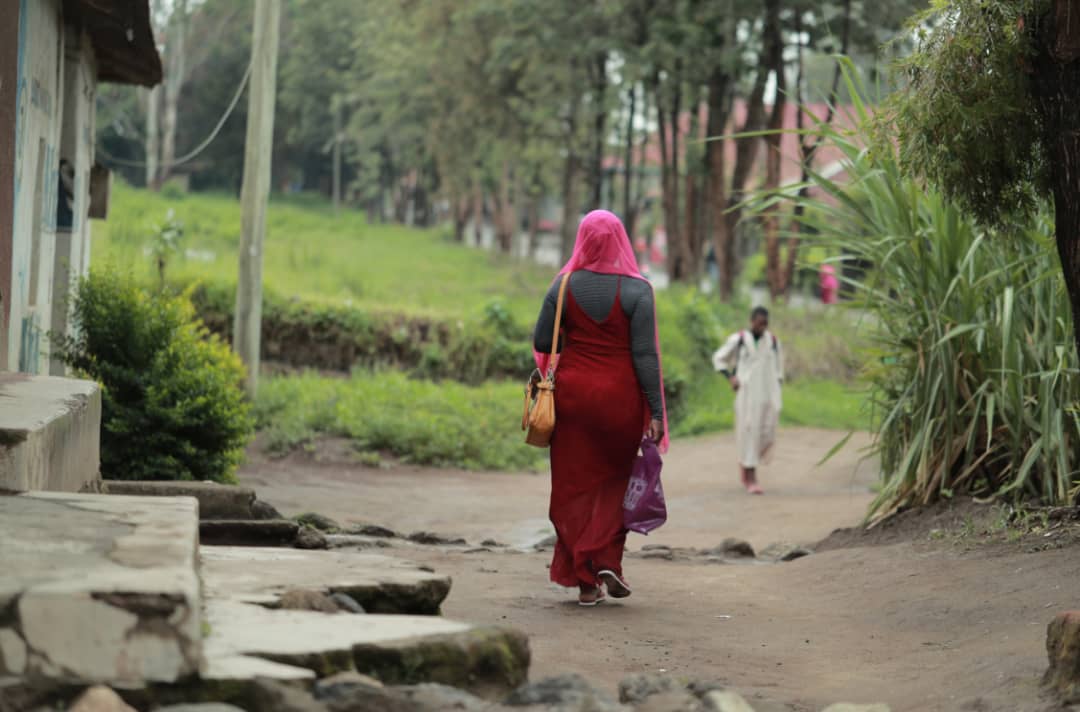
Before PEPFAR spent a single dollar, Republican politicians like Bill Frist and evangelical leaders like Rick Warren had already prepared Bush’s evangelical base to embrace the proposal by demonstrating how the crisis was affecting African churches. Outlets like World were covering the AIDS crisis in a way that put churches on the front line, likely making it easier for conservatives to swallow such a massive government expenditure when they thought the money was going to faith-based organizations (and ABC instruction). There are many more “works of mercy” that Christian hospitals across the world are leading the way in, whether they are simple (e.g., maternal mortality reduction or malaria treatment) or complex (disability care, training African health-care workers, and mental health). There may, perhaps, be room to shift discussion from certain domestic political candidates (or former candidates) to areas like these where all sorts of Christians can work together with their brothers and sisters overseas.
My own experience of PEPFAR as a siloed clinic within a larger institution that I work in is one of both gratitude and frustration. I am grateful that PEPFAR enabled me to meet patients who otherwise would have died years before I even started working at this hospital, but I am frustrated that there is no clear system for dealing with the long-term complications of HIV and antiretroviral treatment. I am disappointed that there is no primary-care system capable of bringing in people who don’t know they have HIV before their extrapulmonary tuberculosis renders them immobile instead of afterward. I am bitter toward the faith healers who tell my patients that their HIV has been healed and they can stop the ARVs that actually make their blood tests show that the virus is undetectably low in their blood. I am angry that money for basic health services gets stashed in faraway bank accounts and that Western companies profit while the Africans who pick their tea are subject to violence.
There are things PEPFAR could and should have done differently, but Bass’s book shows how much good can be done with a purposeful effort—with a budget to match.
In Jeremiah 32, the prophet Jeremiah buys a piece of land. Gustavo Gutiérrez uses this story to make a point: “Even in this solitary situation, one without hope, he must do this concrete action to buy the land. . . . In our very difficult situation today, we must buy land and even do something very modest or insignificant. The point is to inspire hope.” Other, less depressing biblical passages that come to mind are those of the five loaves and two fish (John 6:1–14), the parable of the talents (Matthew 25:14–30), or the story of the widow’s mite (Luke 21:1–4). For the most part, these are stories about individuals who are meant to do the best with the little they have—which describes most Christians throughout the world and throughout history. Few of us will ever rise to a position like that of George W. Bush, Anthony Fauci, or Deborah Birx. (This is, perhaps, a good thing when one considers how Bush’s legacy will always be mixed because of the devastation his wars wrought across the world.)
Transposing the neighbour love Christ commands us into the world of politics and policy is never easy. But the servant who was given five talents and produced five more is perhaps our most salient passage here; there is little better to do with billions of dollars than to spend them on the pharmaceutical miracles that were said to produce a “Lazarus effect.” We must always be cautious of wielding great power with good intentions, but it seems to me that making such an effect manifest to millions is undoubtedly an example of that transposition. There are things PEPFAR could and should have done differently, but I think Bass’s book shows how much good can be done with a purposeful effort—with a budget to match. Other health needs are similarly low-hanging fruit that would benefit from similar purposeful efforts. These needs might not be as obvious as the AIDS emergency, but they are just as demanding of action. PEPFAR showed that we ought to ask what could be done if money were no object, and that same spirit should carry over into other endeavours.

